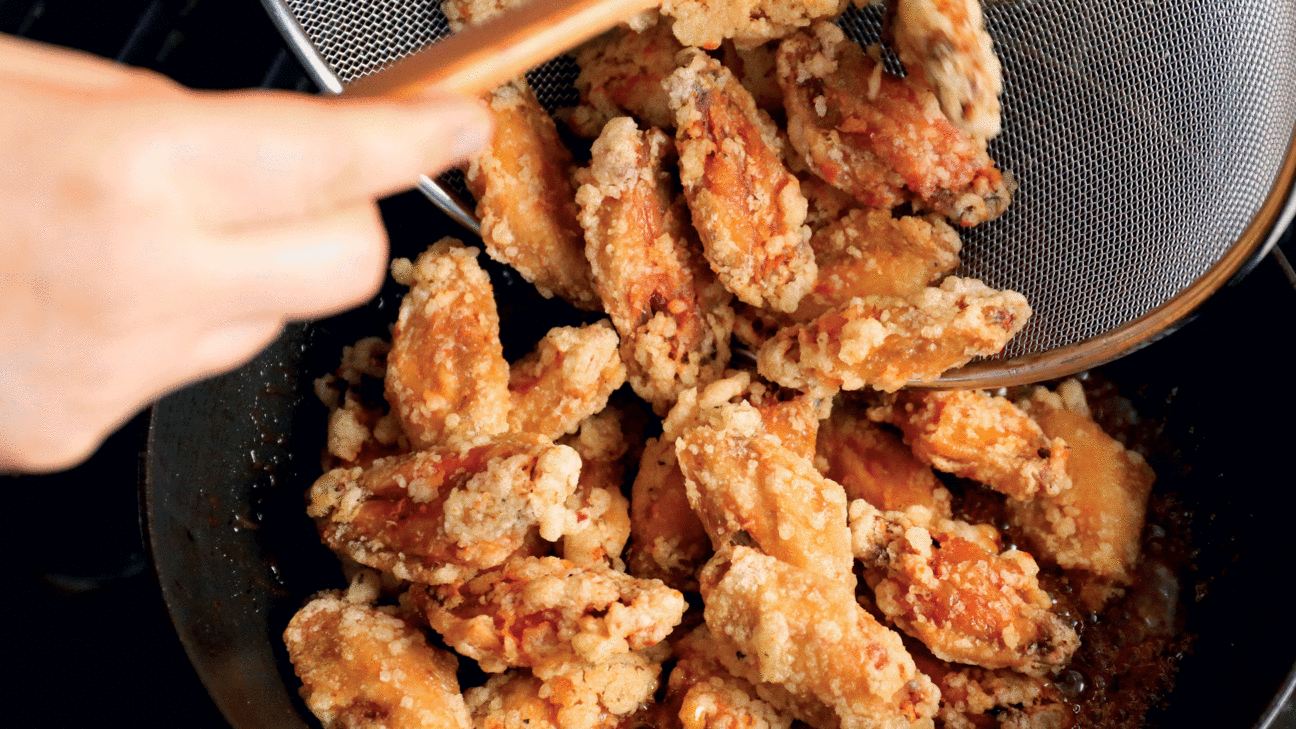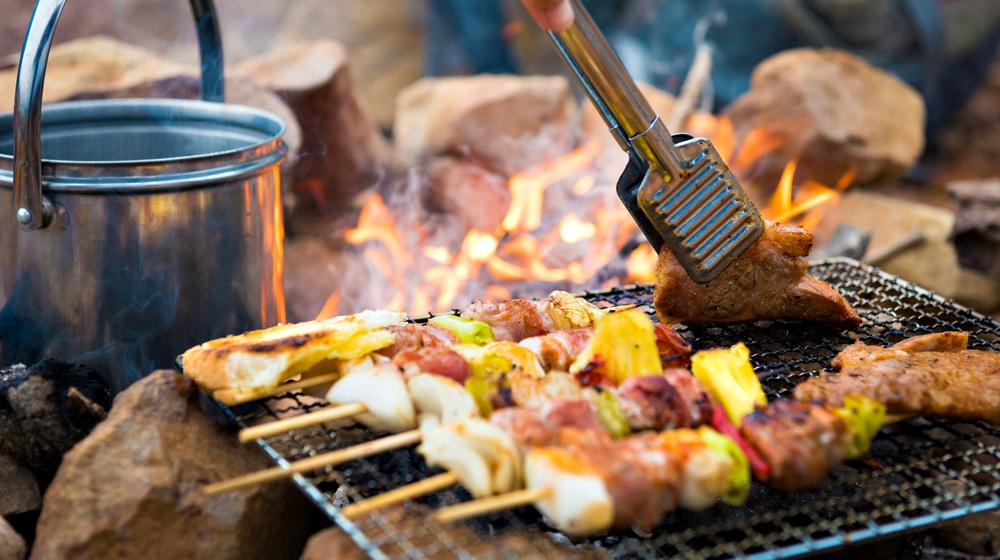
Although food is cooked to maximize nutrition, this can often lead to significant nutrient loss. We reduce the nutrient contents of vegetables by washing them. Extra water that has been soluble in fats is also lost. Nährent loss is also possible when fats are added to the cooking process. Vegetables are particularly vulnerable to nutrient loss during cooking. Peeling fruits or vegetables can lead to the loss of nutrients and vitamins. The outer layers of the cabbage and fruits are also removed and nutrients are lost.
Microwaving
Microwaves retain more nutrients than traditional cooking methods due to the use of less water and lower temperatures. Additionally, the shorter cooking times and lower water content help preserve more vitamins. Microwave cooking is also known to preserve more antioxidant activity, according to a 2009 study. The most active components of vegetables are lost during cooking because they are exposed to heat, light, water, and heat. The microwave preserves most of the folate present in spinach, which is essential to good health. Boiling spinach loses about 75 percent folate.
Frying
There are many different ways to cook food, but boiling food is the most common. Boiling food results in significant nutrient loss, especially water-soluble nutrients. Many of these nutrients are dissolved in the cooking water, which is not a good thing for your health. To minimize loss of these nutrients, avoid boiling. This method is not always feasible.

Microwaving in ghee
You may wonder why ghee is better than regular butter. Its health benefits include Vitamins A, E, and K. Many ghee enthusiasts believe that this rich fat will help them feel full longer and lose weight. Many claim it can improve mental clarity. However, not everyone is convinced of its benefits. Its flavor is what matters.
Microwaving with oil
There are several advantages to microwaving healthy foods in the microwave, including lessening the amount of calories and reducing the nutrient loss. Cooking food in the microwave requires lower cooking temperatures and shorter cooking times. This reduces the risk for contamination and nutrient losses. Microwaves "excite" the molecules within food by emitting radio waves.
Baking
Baking offers many advantages, including reduced calories. Baking requires very little fat, compared to frying that adds a lot of fat to foods. Baking retains the original taste and texture of the ingredients. Baking also doesn't produce any allergic reactions. Therefore, it is a great way to follow a healthy diet, or to assist in weight loss programs. Baking preserves original flavors and supports healthy living by reducing fat in dishes.

FAQ
How much does a culinary school cost?
The costs of culinary school can vary depending on where and how long it takes. Tuition costs range from $10,000 to $30,000. Most students graduate with about $20,000 in debt. Some programs offer scholarships, grants, or work-study opportunities.
Is there a difference between a chef and a cook?
A chef prepares meals for others. A cook prepares food for his or her own consumption. A chef, on the other hand, works directly with customers. This means that they can have to decide what food to serve customers based their preferences. A cook does not interact with customers. Instead, the cook ensures that the food tastes great before serving it to customers.
What are the basic skills of cooking?
Basic cooking skills include the ability to read recipes and measure ingredients. You need to master these skills if you want to cook for your own meals. Cooking is also a great way to save money since you don't have to eat out all the time.
How to become a chef
There are many options for becoming a chef. A course at a local community college or vocational school is a good place to start. Then, look into attending culinary school. The last option is to apply for a job as a paid intern.
Statistics
- The median pay for a chef or head cook is $53,380 per year or $25.66/hour, according to the U.S. Bureau of Labor Statistics (BLS). (learnhowtobecome.org)
- under 10 Kids have been taught that there is special food just for them, and Fiese says that 10 percent of kids will throw a tantrum if they don't get the food they want. (washingtonpost.com)
- On average, chefs earn $58,740 a year, according to the BLS. - learnhowtobecome.org
External Links
How To
How to cook a Steak
The thickness and cooking method of any kind of meat will affect the way it is cooked. Thicker steaks cook best at low heat. Thicker steaks require higher temperatures.
You should also ensure you don't overcook them because they'll lose flavor. Don't forget to take the steak out of the pan once it's finished. This will ensure that you don't burn your self.
Cooking times will vary depending on how large the steak is and what degree of doneness you desire. Here are some guidelines to help you get started:
Medium Rare: Cook to medium rare. This means that the internal temperature should reach 145degF (63degC). This will take between 3 to 5 minutes per side.
Medium: Cook until medium, which means the internal temp reaches 160degF (71degC). This usually takes about 6 minutes per side.
Good Cooking: Cook the meat until it is done. This means that the internal temperature reaches 180F (82C). This can take between 8-12 minutes per side.